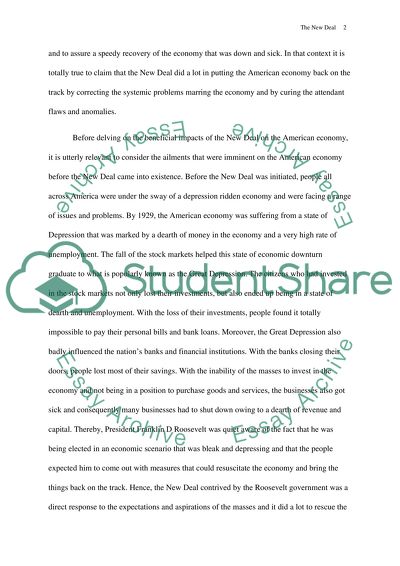Cite this document
(“The New Deal Essay Example | Topics and Well Written Essays - 2250 words”, n.d.)
Retrieved from https://studentshare.org/history/1491781-the-new-deal
Retrieved from https://studentshare.org/history/1491781-the-new-deal
(The New Deal Essay Example | Topics and Well Written Essays - 2250 Words)
https://studentshare.org/history/1491781-the-new-deal.
https://studentshare.org/history/1491781-the-new-deal.
“The New Deal Essay Example | Topics and Well Written Essays - 2250 Words”, n.d. https://studentshare.org/history/1491781-the-new-deal.


